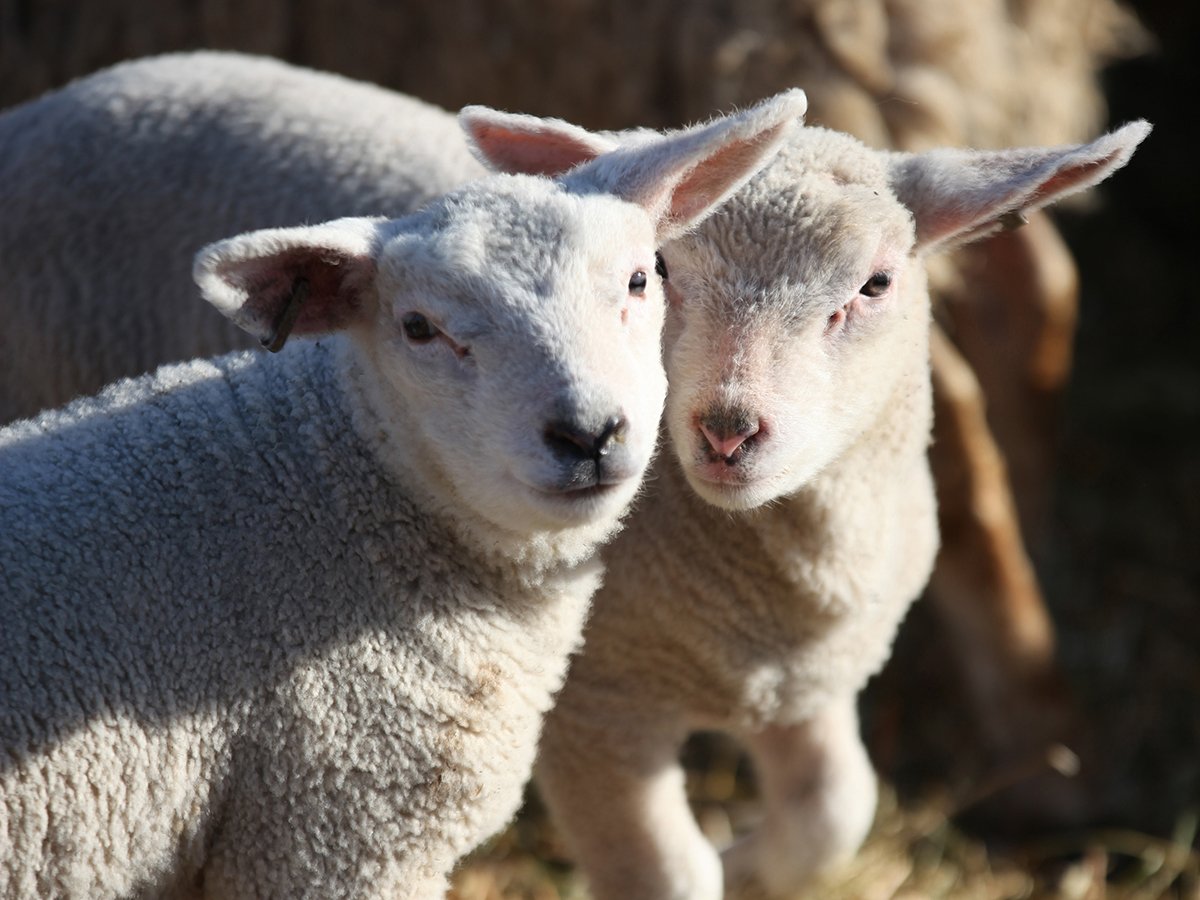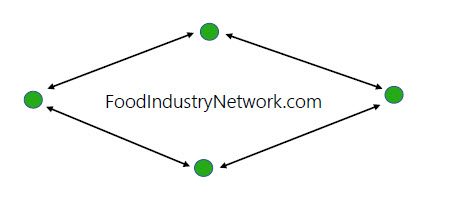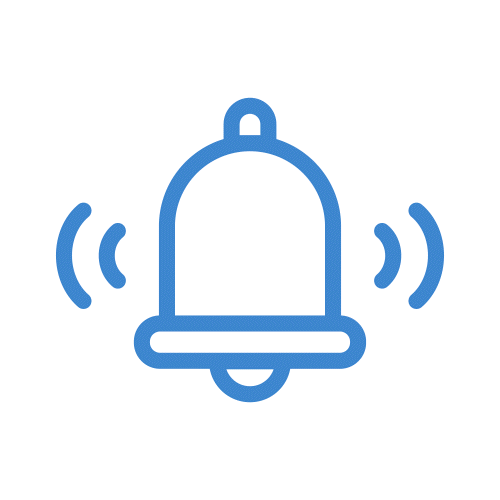Cattle producers can manage difficult labours with tested strategies

Glacier FarmMedia – With calving season well underway, producers can benefit from some key techniques and advice for dealing with difficult or obstructed labour.
The first two important steps in working with calving dystocia, as it is formally called, are figuring out why the calf isn’t coming and knowing when to intervene, said Dr. Shania Jack, who works out of the Morden Vet Clinic in Morden, Man.
“There’s ‘three Ps’ to calving — presentation, position and posture,” Jack said at a Manitoba Agriculture Stock Talk webinar held in March.
Read Also


Protecting yourself from zoonotic diseases
As many producers and veterinarians work with animals on a regular basis, it can be easy to become careless about protecting ourselves from zoonotic diseases.
Presentation refers to the position in which the calf is coming out of the birth canal, such as head-first or rear-first.
Position refers to the calf’s alignment relative to the cow — upright, upside down or sideways.
Posture is about the calf’s limbs and head, including whether it’s a head back or a foot back.
Size, especially in comparison to the mother, and malpresentations are additional factors that can cause complications.
During the first of three stages of labour — cervical dilation and nesting — the cow will be restless, separate from the herd and might even try to steal another cow’s calf. The second stage is when the calf is born, and the third is when the placenta is expelled.
“Intervention is needed when there’s signs that stage one has been going on for longer than six hours,” Jack said.
If a cow has been restless for more than six hours — often showing telltale signs like their tail being raised — and hasn’t started pushing, or if the cow exhibits continuous cycling of laying down, standing up and spinning, it’s time to step in.
When performing vaginal exams, one should be able to feel all the way around the calf.
“Between the cow’s pelvis and the calf … if you’re wedged in there and can’t move, typically that requires a C-section.”
A caesarean-section is also required for most cases of backward calves, she added.
When assisting with a birth, it’s always important to place the chains in a double half-hitch. The first loop goes above the fetlock, and the second goes just above the hoof. This ensures pressure is distributed properly, which can prevent injuries to the calf.
“We’ve seen some broken legs from just a single loop on our chains,” Jack said.


“And these are really, really bad breaks because they damage the blood supply as well as some of the nerve supply.”
A foot back malpresentation almost always causes dystocia.
When calves are very small, they can be birthed naturally. In this case, to correct the malpresentation, producers should gently push the calf back into the uterus to allow more room. However, trying to work in that narrow pelvic canal is quite difficult, Jack added.
“You’re going to grasp the limb near the elbow, pull it up and push back, and then once it’s in a flex position … you want to cup the foot in the palm of your hand — that’s really important to protect our uterine wall … because they can be sharp — and then pull that foot upwards (and) a little bit inwards toward the calf and then straight back towards yourself,” she said.
When calves have both feet back, they can sometimes present with their head sticking out of the vulva. This is corrected in the same way, Jack added. However, this can make things more difficult.
“It can be a little trickier because when the head is sticking out there, there’s lots of pressure and they often get emphysema really quickly, so they can get stuck in that position.”
The best way to correct back-facing calves is to grab them by the muzzle. They can also be grabbed by the corner of the mouth or the eye socket if the calf is not alive anymore, Jack said.
“You may need to push the calf back into the uterus in order to reach the muzzle. Sometimes you feel in there, and you can’t feel anything with that head back. So, pushing them back a little bit sometimes allows that muzzle to come up just a little bit.”
The muzzle should be gently lifted while turning the calf’s head into the correct position. When using head snares, a calf’s head is pulled into the pelvis after it’s been repositioned manually. It’s important not to hook onto it to pull it around because that can damage the calf and even leave it with a broken jaw.
One reason head back malpresentations show up is because calves are so big that when they enter the birth canal, there’s no room and their nose gets pushed back.
“Oftentimes we’ll see really, really big calves with head back,” Jack said.
Backwards calves — or normal backward presentation — sees a calf with both hind legs out and the tail between its legs. It’s important to ensure their tails stay down during delivery because if they’re standing up, they can cause a lot of damage.
Backward calves are often recognized by seeing the sole of the calf’s feet facing upward.
“The fetlock and the hock of a back leg are going to bend in the opposite direction. The largest part of the calf is going first … so that’s why they often need a little bit of help to deliver these calves,” Jack said.
Backward calves may need to be rotated in the birth canal to help them be delivered.
“It’s a little bit more of a rush with our backwards calves because of where the umbilical cord is, and their head’s not outside the birth canal,” Jack said.
“You need to move a little bit quicker, but you do want to spend a little bit of time trying to dilate, just so that it’s easier to deliver that calf because there’s not that normal pressure there, so they often don’t dilate properly.”
The biggest thing to consider is that the umbilical cord will be constricted or torn before the calf’s head is outside the cow, so moving quickly is a must when pulling backward calves.
Breech position is when calves come out rear-first. It’s very common in cattle, and often times they won’t show signs of stage two labour.
“That’s why we need to check them if they’ve been going on in stage one for a while or have been quite restless for a while,” Jack said.
“There’s no forceful straining, as there’s not enough stimulation of the cervix for this.”
When dealing with breech calves, it’s helpful to place a chain at the level of the hock and have a partner help put a little bit of traction on it so that the calf’s foot can get into one’s hand to be pulled inward, upward and back toward the calf, while pushing the hock forward and toward the pelvic wall with the other hand.
“It’s a little bit tricky, and it takes some time,” Jack said. “You want to try and protect that uterus with your hand over the foot as much as possible.”
With hip-lock or stifle-lock, which is when a calf gets stuck at the hips or the stifles while being pulled, it’s best to stop pulling and give it a chance to breathe with the head out of the birth canal. Pulling the calf out too quickly can result in broken legs and pelvises.
“You can stimulate it to breathe a little bit, and then kind of reposition and keep pulling,” Jack said.
If the calf is hip-locked, the head or the femur is catching on the pelvic brim. It’s important to rotate the calf 45 to 90 degrees in this situation to take advantage of the vertical diameter of the pelvis. To do this, cross the front legs and then pull.
Forward-facing upside-down calves can often be mistaken for backward calves. These calves need to be corrected or risk being seriously injured during delivery.
“With how the spine is and how the pelvis is, if we try pulling them this way, we can cause some pretty serious spinal damage. The pelvis arch can create a lot of issues there.”
In this case, chains should be placed on the feet, and the calf should be pushed back into the canal so that the farmer has more space.
“Cross the leg for each other, and then pull down on one leg, and they’ll rotate. You can use … your opposite arm to help kind of scoop the calf over,” Jack said.
It’s much easier to do when the cow is straining, she added.
Transverse or dog-sitting calves will present with all four feet, or just the back.
“You can try and push these guys in and get a set of feet into the canal, but this typically results in puncturing the uterus because you don’t have control over that set of feet,” Jack said.
In this case, a C-section or fetotomy is usually required because it’s an emergency.
Sometimes veterinarians may be able to get a detorsion rod on the calf’s feet and be able to flip it that way, but it shouldn’t be performed by anyone else, Jack said.
“You need to call the vet for this.”
To diagnose a uterine torsion, when reaching into the vaginal canal, it’s likely that you won’t be able to reach through the cervix.
“You won’t know what you’re feeling. It just feels a little bit off. It feels like you can’t get anywhere,” Jack said.
“You know she’s calving, but it doesn’t feel like she’s opened up.”
When going in rectally, a tight band can be felt either going to the left or to the right, and that’s from the band of the uterus going in a clockwise or counterclockwise rotation. Sometimes, they can be positioned at 90 degrees, or a complete 180.
“That’s when you can’t feel anything when you go in there,” Jack said.
Other important things to remember when calving are to provide the cow and calf with enough breaks so that the calf doesn’t die from asphyxiation due to chest compression.
“Guys will pull, pull, pull, the calf comes out quick and then all of a sudden it’s not lively and it dies. They can’t stimulate it to breathe, and that’s because of the asphyxiation from the chest being compressed,” Jack said.
Pain management is also important because pained cows aren’t good mothers.
Colostrum should be available to calves as soon as possible, especially by the six-hour point, but preferably within the first two hours. Frozen colostrum can be stored for up to a year.
If calving isn’t progressing, take a moment to reassess the situation because using excessive force can cause harm. Allow time for dilation, and when necessary, call a veterinarian for assistance.
“Take a moment,” Jack said.
“It’s really easy to get worked up.… Just breathe.”
Source: producer.com


